Machines were made out of the need for safety, convenience, and efficiency. Invented to aid mankind, it has had different variations and purposes. In this modern age, machines and man still continue to work hand in hand in all aspects of business and life. Among these innovative tools are the reach truck and forklift.
Both are used for commercial heavy lifting, it requires rigorous training and knowledge for someone to operate it. You can’t just grab the key and drive it right away. People even confuse the 2 as separate vehicles. However, a reach truck is a subtype of the forklift. The forklift being mentioned in this article is the counterbalanced forklift. Read on for a quick comprehensive guide on reach trucks vs. forklifts.
Forklift
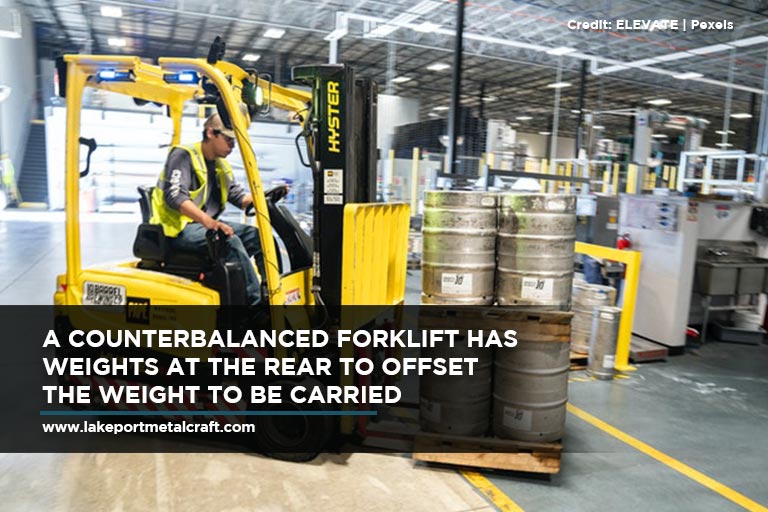
Resembling the fork kitchen utensil, a basic forklift truck has parallel pieces of metal attached to its front that can be vertically adjusted. The most common model in the market is the counterbalance forklift. Hence, we refer to it as the forklift in this article.
You can easily recognize it with its giant protruding forks connected to the front of the cab and its small tires. The term counterbalance refers to the weights placed on the rear of the cab to balance the load you are trying to carry. It prevents tipping over accidents as the cargo is raised to different heights.
For such a small vehicle, it can quite remarkably carry almost 2,300 kg of weight. Designed to be compact and stable, its diminutive stature allows it to have a lower center of gravity, increasing its ability to balance and raise or lower loads. You can usually spot them in ports, factories, and warehouses delivering pallets from one corner to the other.
Forklift Classifications
As mentioned earlier, the most popular model is the counterbalance forklift. However, there are other classes with different technical advantages and designed to do multiple jobs. OSHA classifies forklifts using 2 ways — based on the amount of load they can carry or its task specialization. Here is a quick rundown of the different forklift variations:
Based on Specialization
Created to do specific tasks, these forklifts can adapt themselves to a wide range of industrial situations. Listed below are the different forklifts for specialized jobs:
- Pallet Jack
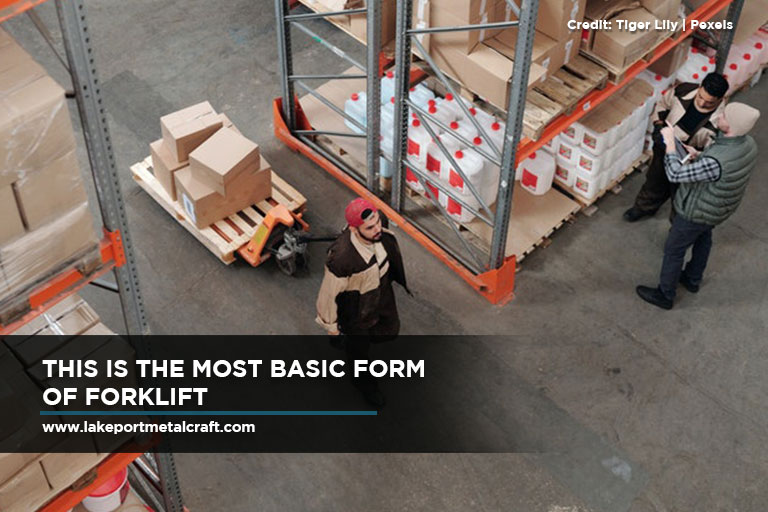
Pallet jacks or pump trucks are smaller than an average counterbalance forklift. This feature makes them less capable of carrying heavy loads, but it allows them to navigate through narrow paths and compact spaces.
- Walkie Stacker
Seeing this forklift for the first time might catch you off guard. Without the presence of a cab, it’s steered by an operator through an attached handle at the fork. Due to this lack of mobile power, this forklift type does not excel in speed, power, and movement.
However, what it lacks in that respect, it brings back on reach and height. Compared to other models, walkie stackers are capable of adjusting the forks at higher levels, allowing forklift operators to stack cargo efficiently.
- Side Loader
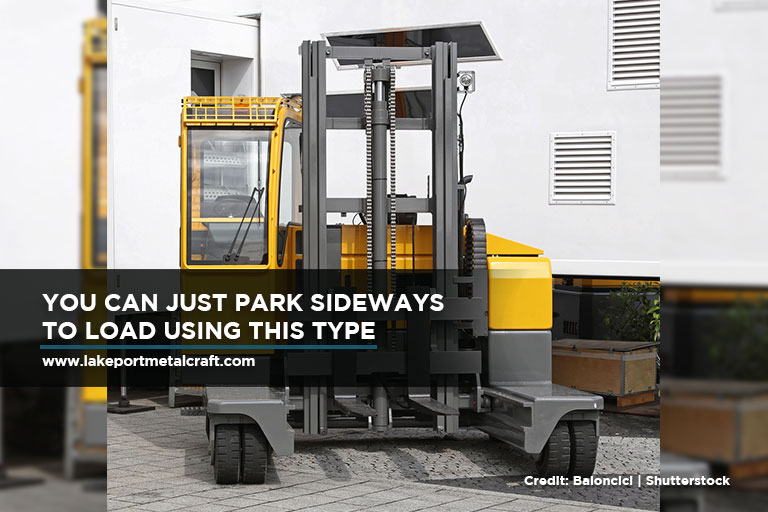
Common in steel warehouses, this forklift is perfectly adapted to transporting bulky cargo that is stacked differently. Compared to the typical vertical motion that other forklifts provide, this particular model is more suited for horizontal load movement.
They work best on tight aisles as they deliver pipes and timber from one stack to another. This sideways unloading feature also allows them to put down cargo without complicated driving and turning.
- Warehouse Forklift
The most popular model, the counterbalance forklift, is a variation of this classification. Composed of a cab about the size of a golf cart with twin forks attached to its front, it is qualified to do the most common warehouse unloading tasks. Capable of carrying heavy loads due to its counterweight, it’s the most preferred forklift across different fields.
Based on Load Capacity
Another way to classify forklifts is through their fuel and load capacity. Forklifts are categorized into 7 classifications. These are the following:
-
- Class I
The Motor Ride Truck Forklift runs on electrical power instead of fuel. It’s perfect for indoor tasks when ventilation and air quality are closely monitored. Due to its electric nature, it does not produce any smoke or smell making it a compatible forklift in close quarters. - Class II
Similar to Class I, this Motor Narrow Aisle Truck also runs on electricity. However, it depends on rechargeable batteries making a constant 24-hour usage inapplicable. Its compact size allows it to fit in narrow spaces. - Class III
Perfect for short distances, this motor hand truck also runs on battery power. It is best suited for short-distance delivery and can be easily handled in warehouse mazes. It has a fast and efficient loading and unloading system. However, it is unable to carry heavier loads compared to other models. - Class IV
Fueled by gas or diesel, this Internal Combustion forklift can carry hefty cargo with its rubberized cushion tires that absorb excess pressure. Though bulkily built, its lower height allows it to pass through spaces with low clearance and ceiling space. - Class V
Similar to Class IV, this forklift also boasts an internal combustion engine that runs on gas or diesel. However, this class has air-filled pneumatic tires that are perfectly adapted to indoor and outdoor deliveries wherein a sudden change in terrain is expected. Its industrial-strength tires can drive through any rough pavement. - Class VI
This forklift is a special hybrid between an electric and internal combustion engine, allowing it to have increased power and longer usage. Running on gas or battery charge, this forklift is made for towing and hauling irregular cargos. - Class VII
- Class I
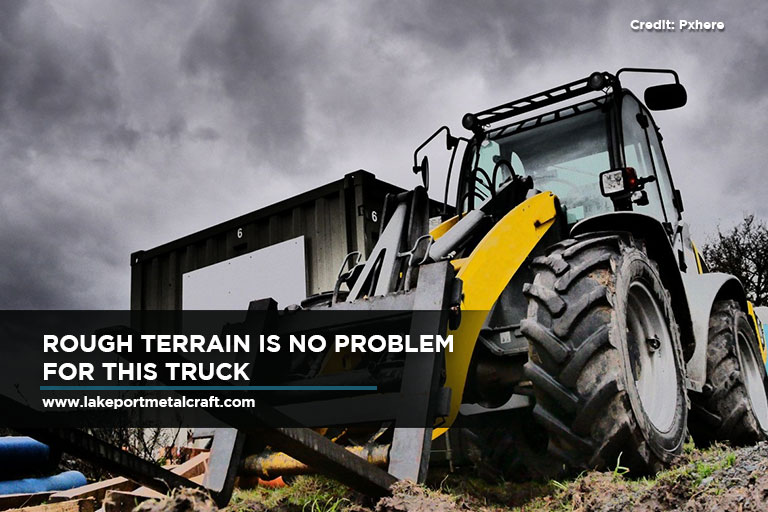
Also known as the Rough Terrain Forklift truck, this type is gas or diesel-powered. Usually found in construction sites with uneven landscapes and difficult paths, this forklift is suited for heavy delivery and high stacking jobs. It has the most edge when it comes to power, manoeuvrability, and energy efficiency.
Reach Truck
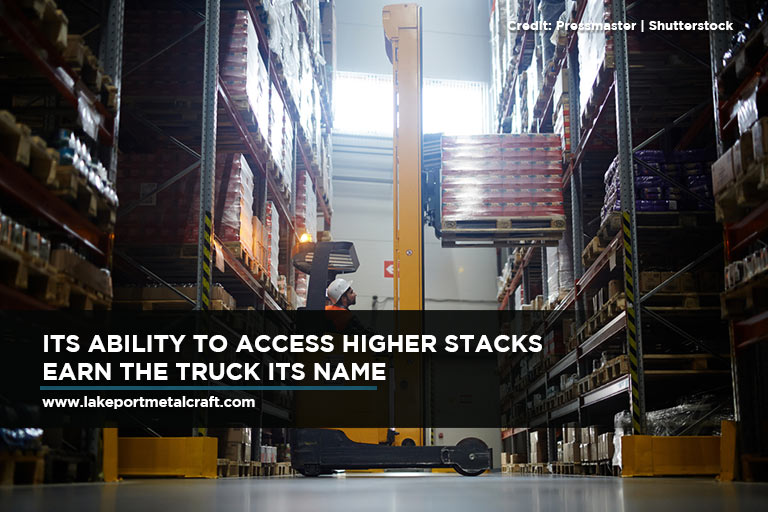
Some people often confuse forklifts and reach trucks. So, what is a reach truck? For starters, reach truck training is a bit different than that for an average forklift. Even though it’s a subtype of the forklift, a reach truck operator knows that it has a longer extended reach and higher load capacity than other models. Additionally, instead of an internal weight added on the rear of the cab, a reach truck uses stabilizing legs for balance.
Their longer fork reach also allows them to access cargos on the lower end of the pile resulting in more loads carried in a single transport. The lack of a counterbalance gives them an edge when it comes to speed and manoeuvrability (especially around narrow aisles) since the cab isn’t weighed down as much. If you’re looking for a forklift that can raise cargo to as much as 10 meters in height, then a narrow aisle reach truck is perfect for you.
2 Types of Reach Trucks
Reach trucks are classified into two types, these are the following:
- Moving Mast Trucks
Powered by a hydraulic system, this reach truck is mainly built on the rails that allow it to forwardly move its mast. Their huge wheels are best suited for ground clearance tasks, which are adapted to different environments and terrain. However, the mast feature poses a disadvantage as operators are unable to use them for double-deep racking. For it to do so, it has to have an attached fork extension. - Pantograph Trucks
Unique with its scissor fork design, this reach truck can reach extensive pallet systems, resulting in better racking configurations. Due to the absence of a bar in its design, it needs to drive towards pallets for it to load them.
Forklift vs. Reach Truck
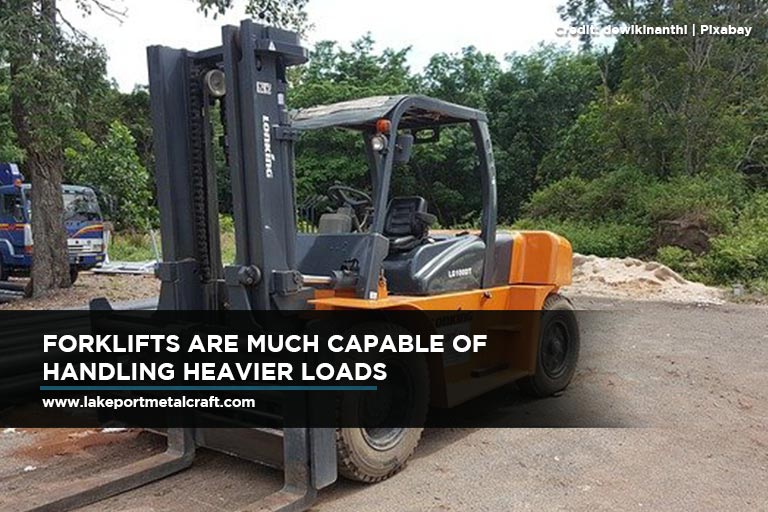
Now that you’ve known all about the different classifications of forklifts and reach trucks, it’s time to learn their similarities and differences. You must know them beforehand to avoid any forklift accidents while in operation. So, what is the difference between a reach truck and a forklift? These characteristics are categorized into 4 factors:
- Visibility
When it comes to operator visibility, forklifts have a higher road vision due to their front-facing design. Reach trucks on the other hand can be sideways facing, making it more difficult to handle due to lack of spatial allowance. This however can be improved through upgraded masts. - Load Capacity
Comparing their load capacities, forklifts are 4 times more capable of carrying heavier cargo than reach trucks. Able to carry almost 8,700 kg, forklifts are more suited for industrial-grade heavy lifting. - Turn radius and Maneuverability
For turn radius and maneuverability, reach trucks have 35% less turn radius than forklifts. This gives them the advantage to work on tighter paths and spaces. - Reach and Fork
As for reach height and fork, a reach truck’s forks can reach twice as high as a regular forklift. As for power efficiency, both have various models that run on diesel or electricity wherein choices heavily depend on what environment you’re working in.
When to Use
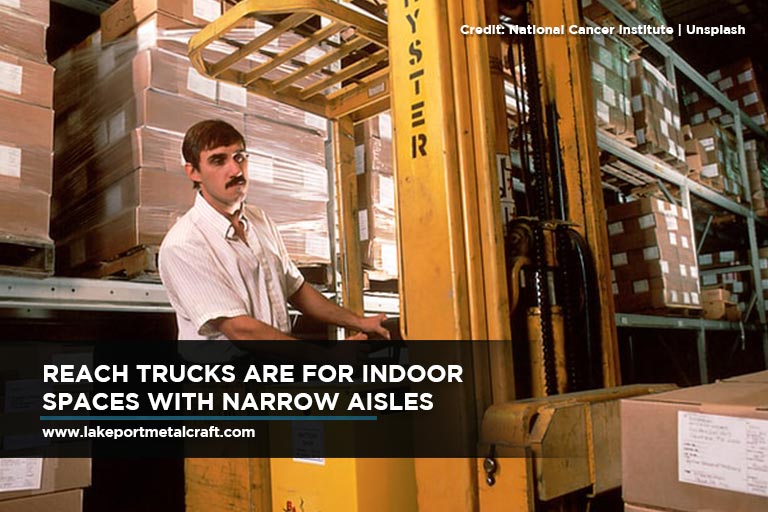
Forklift safety accidents can be prevented through knowledge about forklift parts and how they work. The Backbone for reach trucks is an example of how a simple part can enhance the truck’s safety. Knowing what type of truck to use is also useful for efficiency and to avoid workplace accidents. Here is a quick guide on determining the right time on when to use each type of truck:
- Forklift
Forklifts are excellent for outdoor and indoor jobs. However, if you are operating on uneven ground, this is the better option. Its higher load capacity is suited for heavy cargo in loading ports and building sites. - Reach Truck
With higher fork reach and a smaller build, reach truck controls are more suited indoors. Due to its electric nature, most models will emit fewer pollutants in the air, making it more conducive for enclosed spaces. It’s perfect for warehouse and shelf stacking.
With the heavy-duty tasks that construction and logistics demand, it’s no wonder that forklifts of all types were invented, forever changing the field of work and industry. The close-packed ergonomic design also makes them perfect companions for outdoor and indoor services.
Small enough to move along narrow spaces, and strong enough for efficient cargo transfer, reach trucks and forklifts are the must-haves for any warehouse and factory. So, if you plan on driving or purchasing them, be sure to have proper training and research.
For forklift parts for safety like the rear post and guard look no further than Lakeport Metalcraft Inc., which has international distributors to address buyers across the globe. Call us now at (toll-free) 1-855-272-1445 for inquiries.
